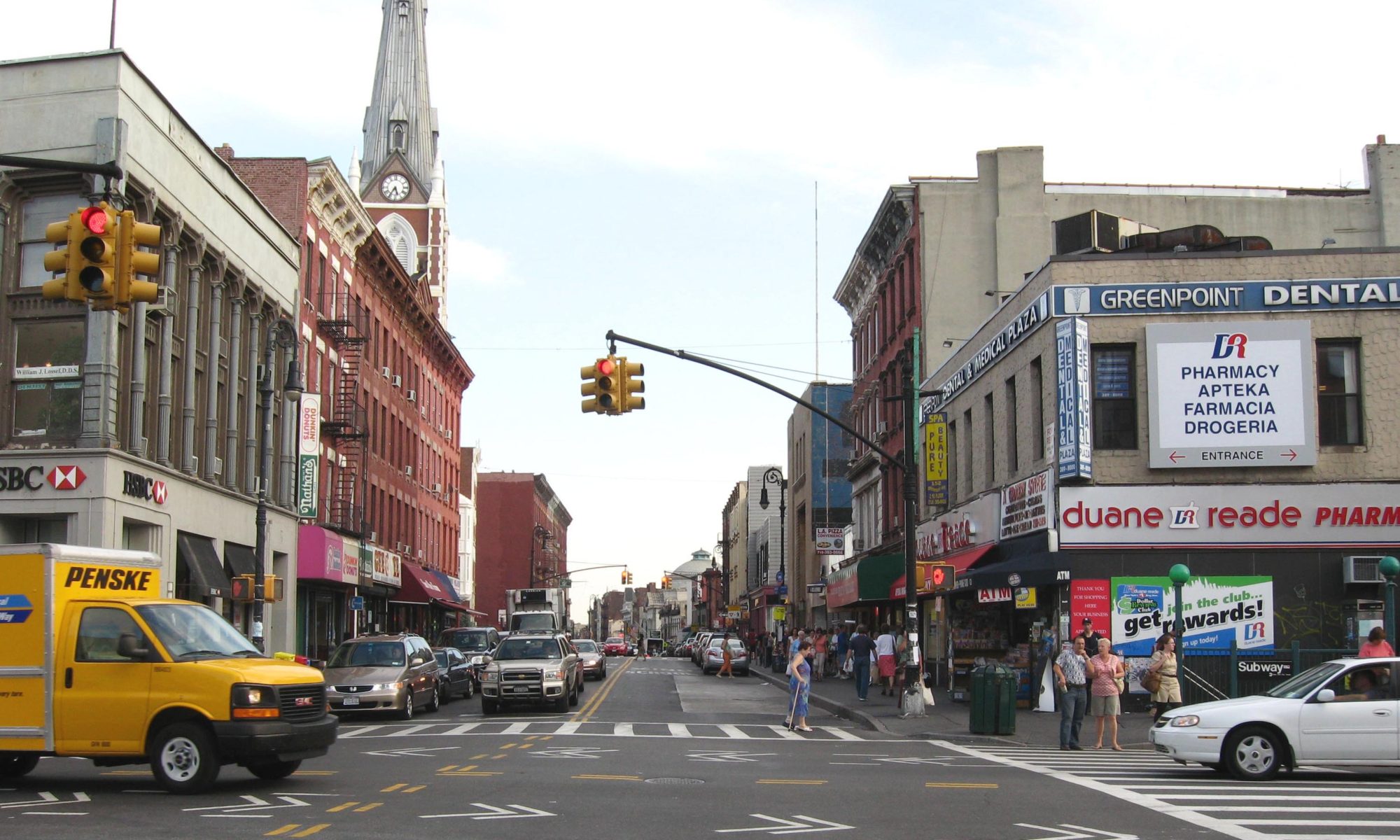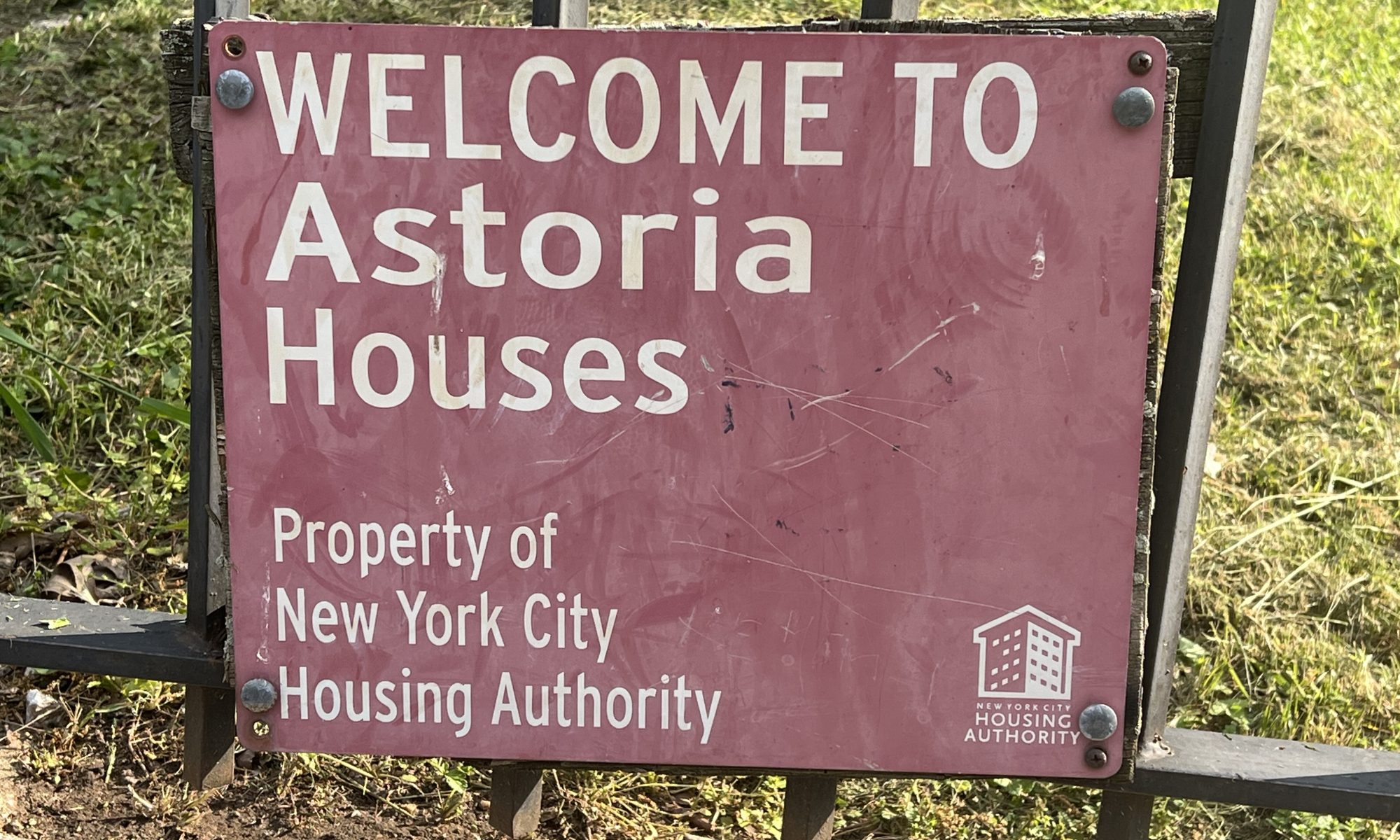By Jean Brannum | jbrannum@queensledger.com
Real estate reports show that rent in the city continues to increase with little end in sight, and the number of apartments available is decreasing ahead of the busy summer moving season.
In Brooklyn, the median rental price for April rose about four percent in the last month, according to a Douglas Elliman report. This increase was slightly less than Manhattan, which rose 4.2 percent in April.
Molly Franklin, a real estate agent for The Corcoran Group, said that while the Brooklyn market has always been hot, the number of affordable units, especially in Greenpoint, is dwindling.
“Brooklyn isn’t an affordable borough anymore,” Franklin said.
The Corcoran Group released a report with similar findings. According to its report, rent in Brooklyn increased ten percent since April 2023. One and two-bedroom apartments increased by over ten percent in the last year.
Real estate agents are noticing more competition for places. While April is typically busy, this year’s market shows uniquely high competition.
“I like to call it the Hunger Games,” Elina Golovko said, referring to the fierce competition for places in the summer months. Between new people moving to the city for jobs or school, and people looking to upgrade or downgrade within the city, there are so many people looking and fewer units available. Golovko is a real estate agent for Elliman.
And she does not see it improving in time for summer, or even in the slower fall and winter months.
Golovko said that the decrease in inventory has led to tense bidding wars between buyers and sellers. She has seen apartments rent for twenty to thirty percent over the asking price because the area is in high demand. She also noticed that more people are renting to move in up to 90 days in advance, the average earlier was up to 45.
Jonathan Miller, president of appraisal and consulting firm Miller Samuel who created the Elliman report, said that since mortgage rates in April were the highest they have ever been, would-be home buyers are “camping” in the rental market. This increases competition for everyone looking for a place to rent. Those wanting to buy a home also have to afford a down payment and interest, which drives more people to rent, according to Golovko.
“High mortgage rates are not the friend of would-be homebuyers, but they’re also not the friend of renters,” Miller said. “Higher rates push more people from the sales market to the rental market and the economy.”
Surprisingly, average rent in Northern Queens, which includes Astoria, Long Island City, Sunnyside, and Woodside decreased slightly. Miller suspects that it is due to the expectation that prices will be lower. The number of units has remained steady in the area.
But even though rent prices are declining in the area, many units rented for about 20 percent over the asking price, indicating another area for tight bidding wars, according to Miller.
Miller clarified that he can only make educated guesses for the future, but he does not see rent prices declining or more home buying in the next season. As long as mortgage rates are high, more people are likely to stay in the rental market.
“It’s become clear that we’re not expecting mortgage or interest rate cuts, imminently, as was the thinking just a month ago,” Miller said.
For those looking to rent or buy, the realtors shared some helpful tips.
Start early, Golovko said. Due to the competition, starting earlier and creating a game plan will allow you the best chances of finding a place by the time you need to move. The summer rush is starting now. She also advises looking specifically for apartments available on your start date.
Before you start searching, get documents ready and find a realtor. Co-op units usually have a longer approval process, while rental properties have the fastest.
Franklin advises her clients to keep an open mind when looking for a place. Don’t be afraid to look into areas you never thought about, or consider moving to commuter cities if you work from home or don’t commute to the city daily.
Franklin had two clients, a couple, who were dead set on living in Astoria. She found a place for them in Jackson Heights, and they were happy with their choice to live in a spacious apartment in the neighborhood.
If you want to stay in an area with higher rent prices, be ready to downgrade or live with a roommate.
Overall, Franklin emphasized that a “strong stomach and an open mind” will make the process survivable.

